Jireh Consult had the privilege being involved in the recent Malaysian Takaful Association (MTA) media...
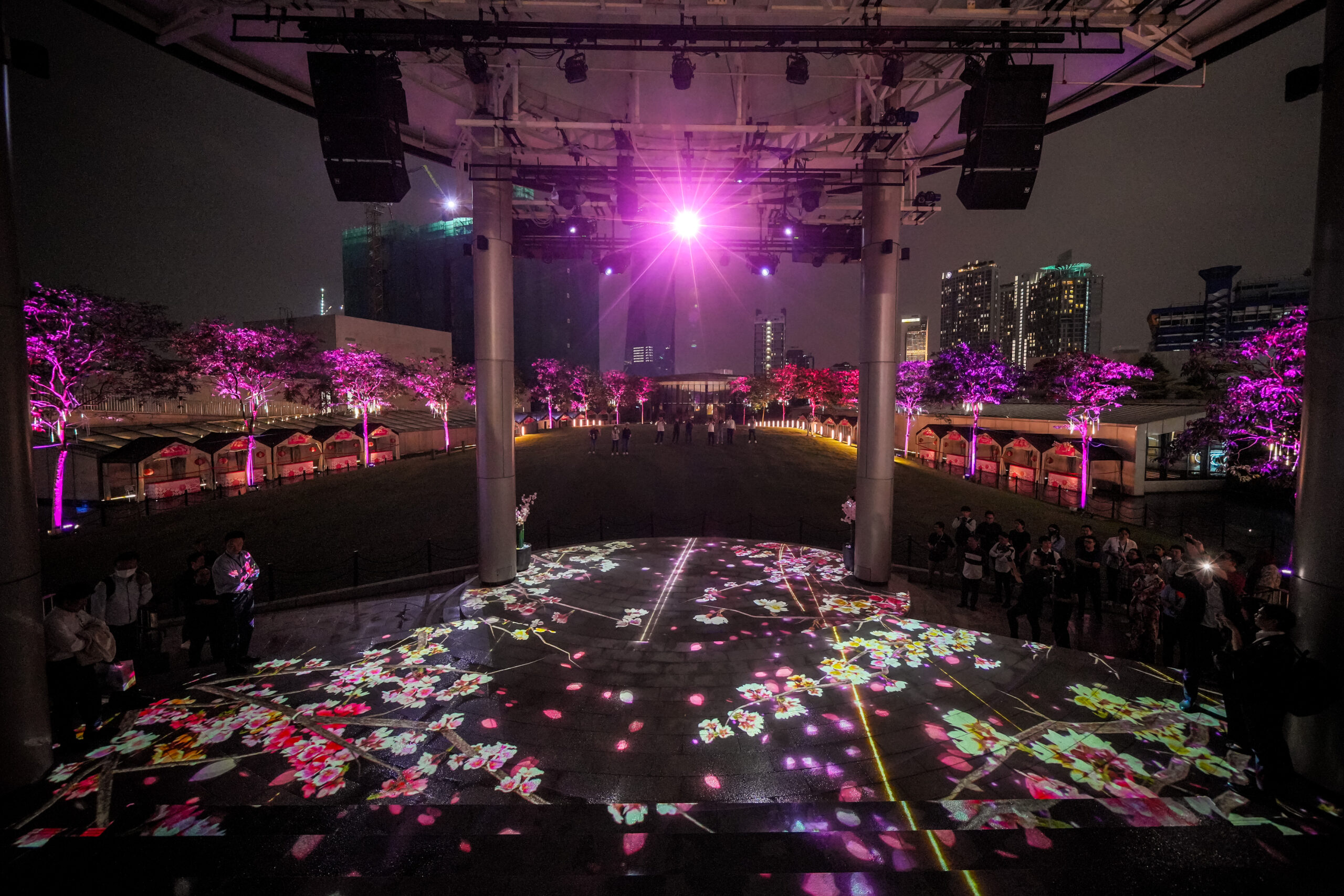
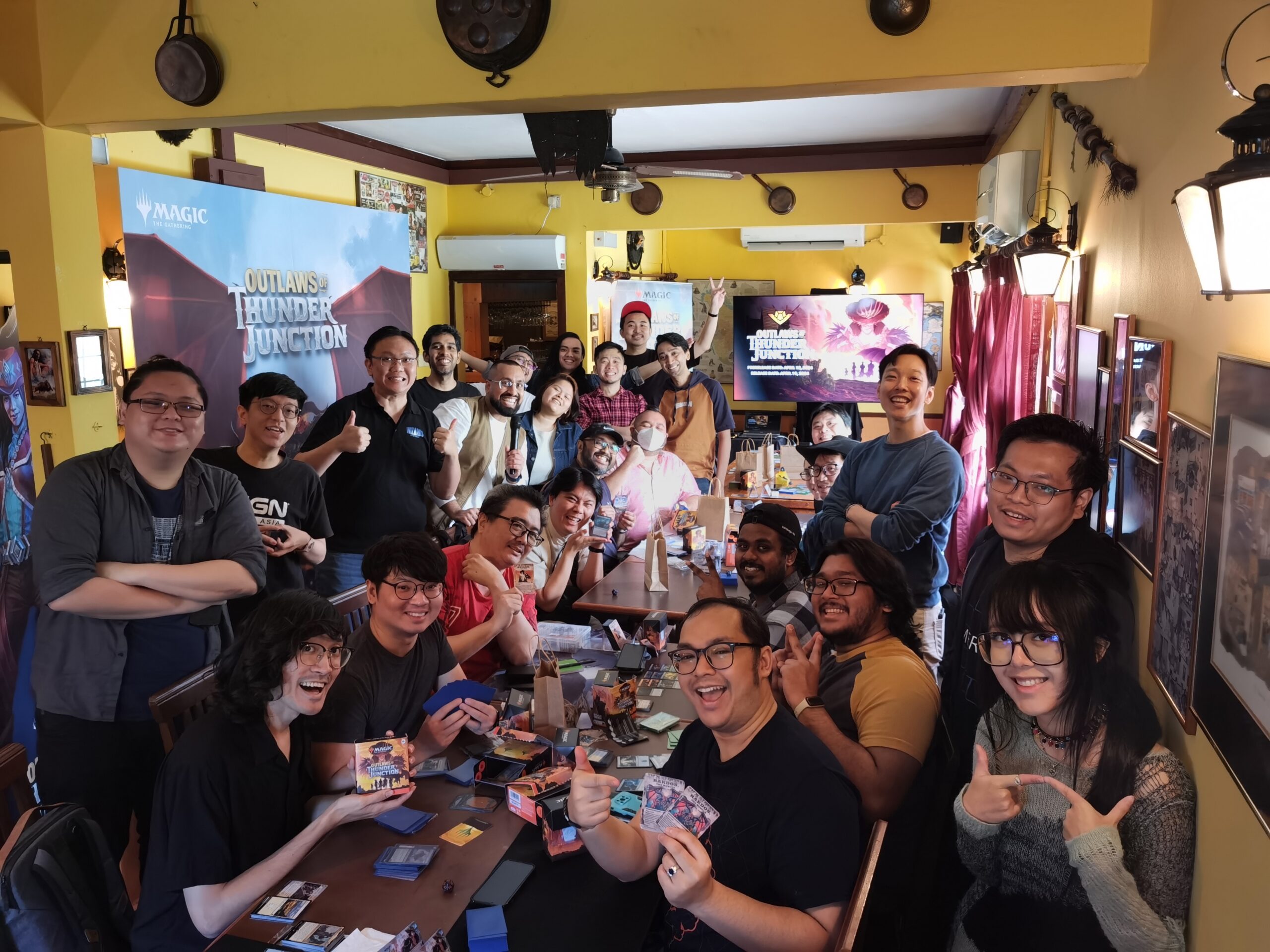
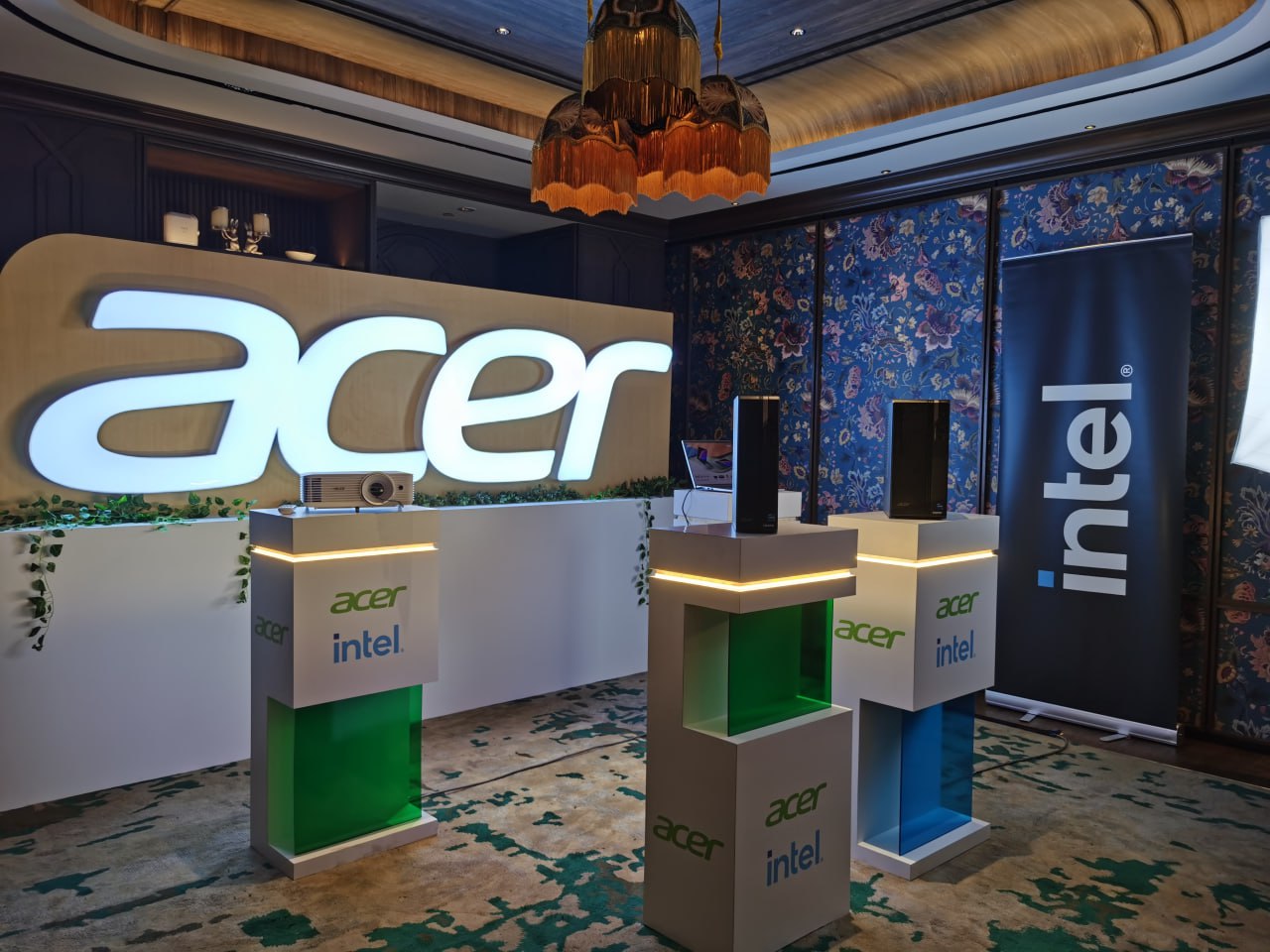
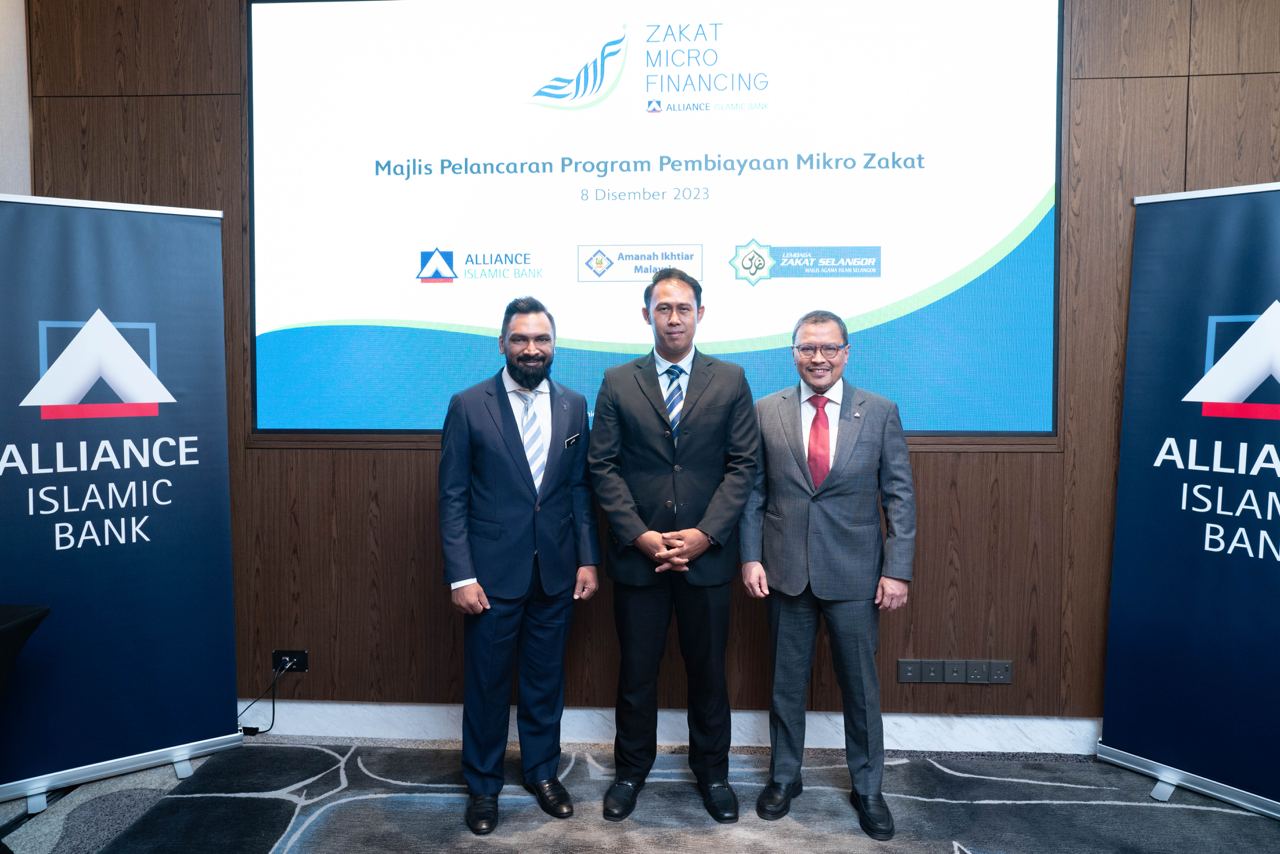

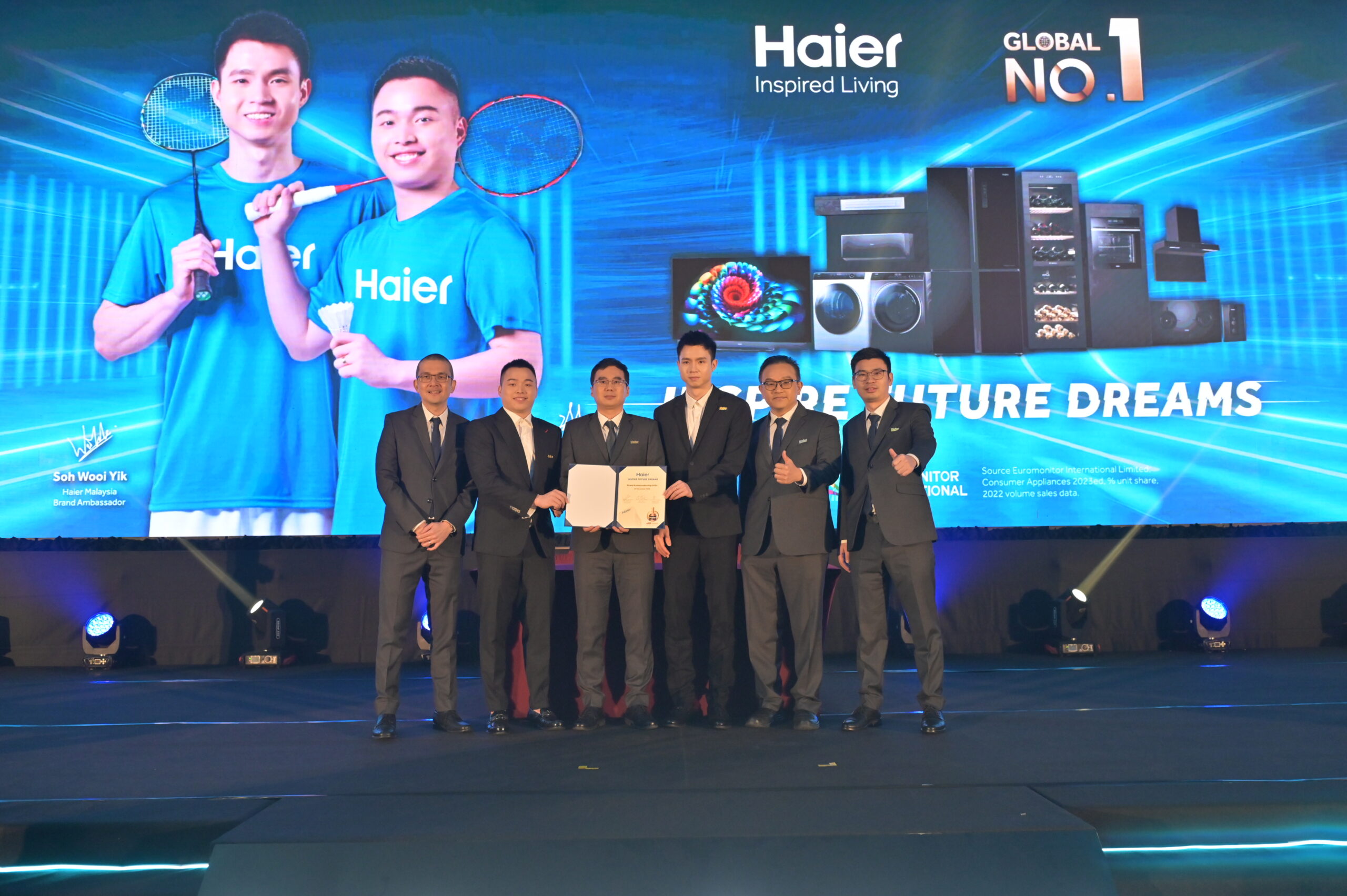
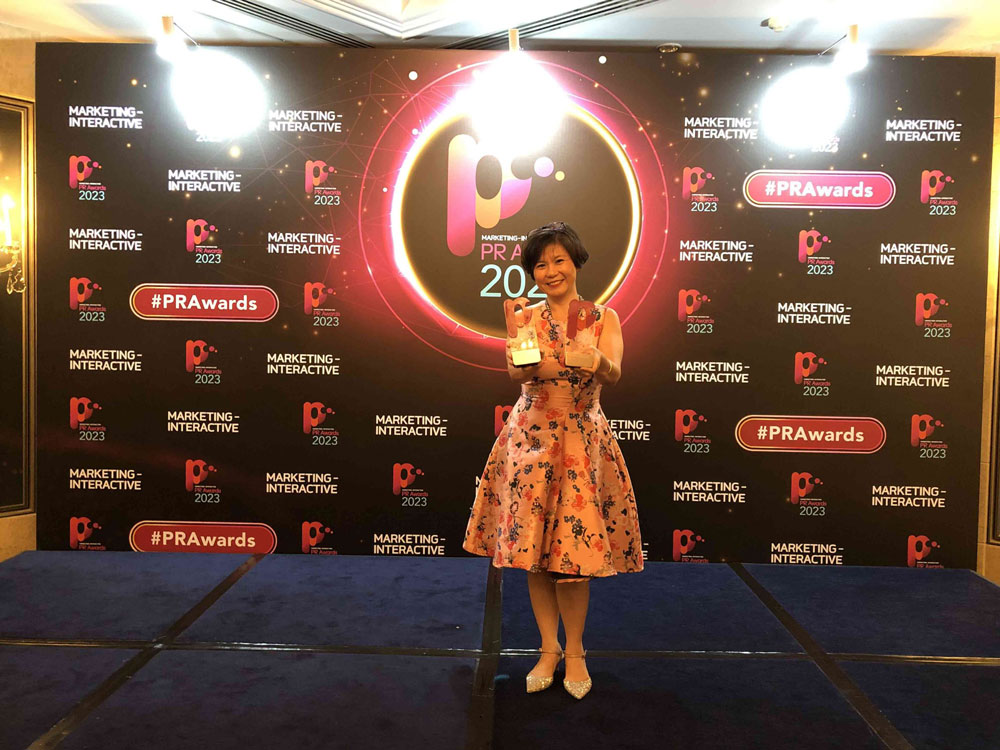
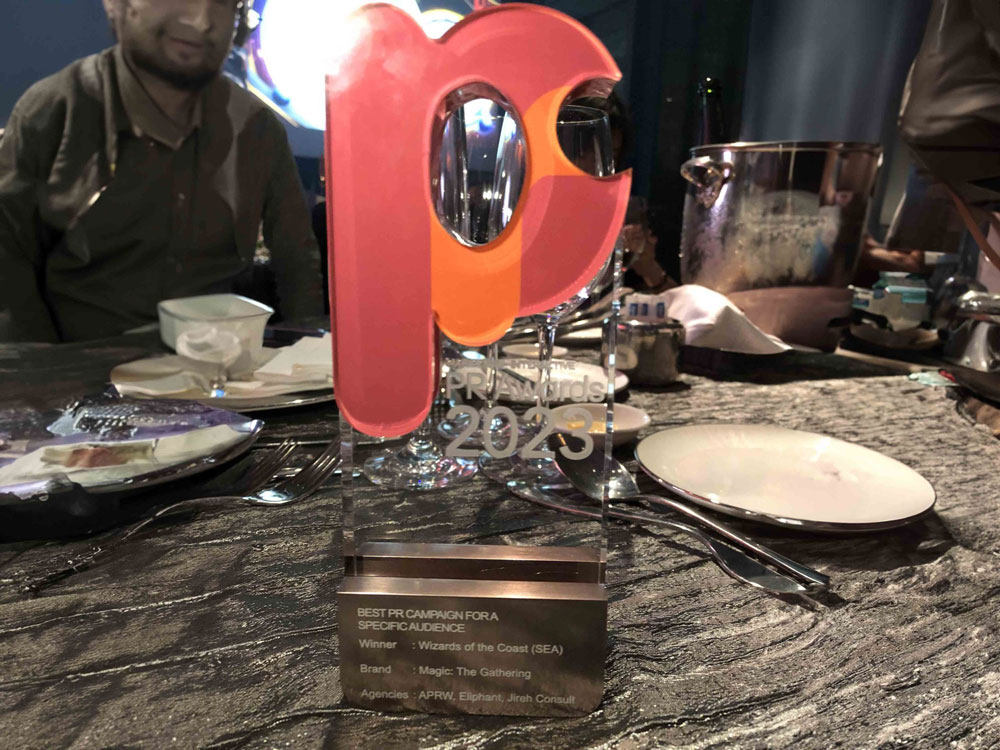
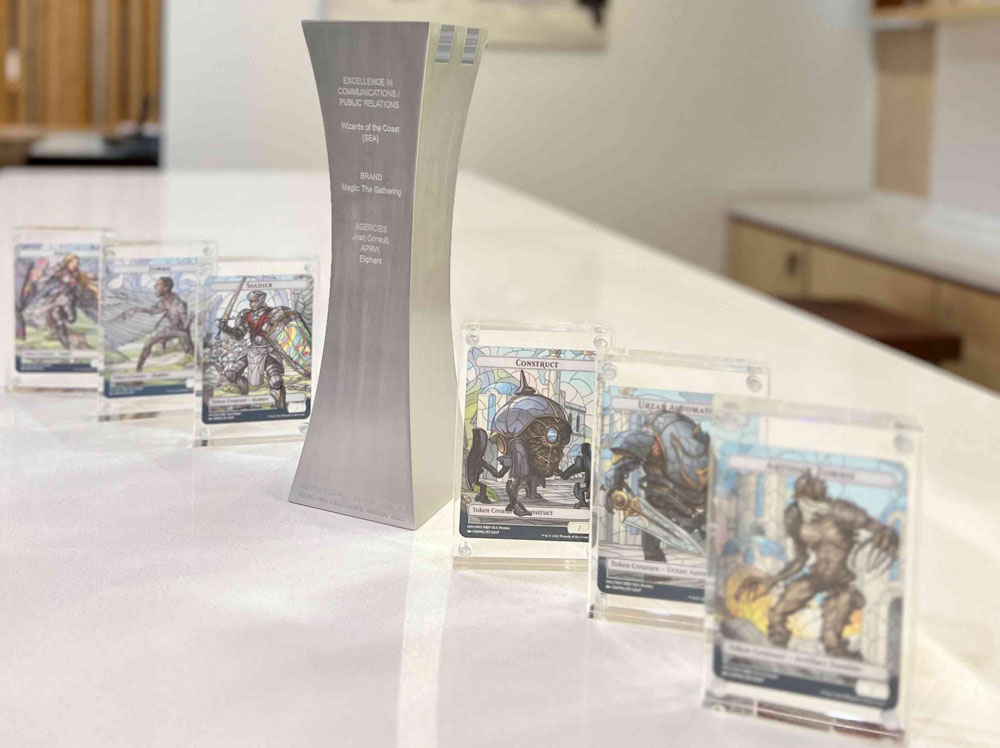
Jireh Consult had the privilege being involved in the recent Malaysian Takaful Association (MTA) media...
We are grateful to be named as finalists in eight categories in the Marketing-Interactive PR Awards 2024....
It all began with a phone call from the Executive Chairman, leading to our first...
